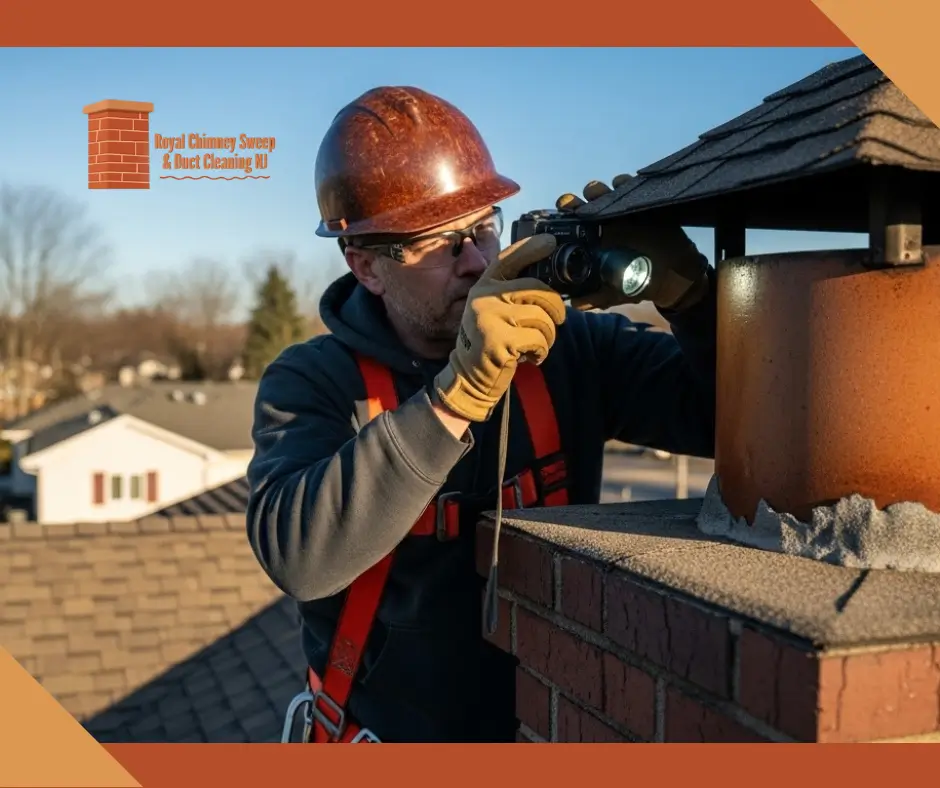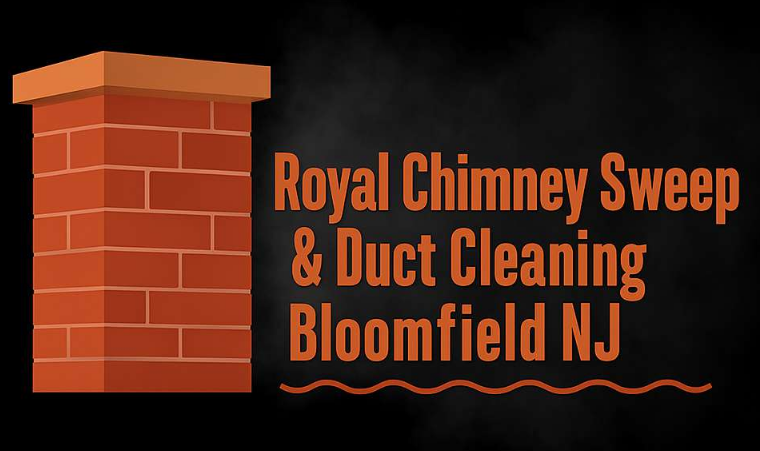
Your chimney works hard to keep smoke and harmful gases out of your home. Over time, wear and tear can affect its safety and performance. That’s why scheduling a regular chimney inspection is essential. A comprehensive inspection identifies problems early and ensures your chimney is safe, efficient, and ready for use.
Why Chimney Inspections Are Necessary
A chimney inspection is not just about cleanliness. It helps uncover hidden dangers such as cracks, leaks, and creosote buildup. Without an inspection, these issues may go unnoticed until they become safety hazards. Professional chimney inspection services ensure your fireplace system works properly and prevent costly repairs in the future.
Levels of Chimney Inspection
Comprehensive inspections are divided into three levels depending on the condition of your chimney:
- Level 1 Inspection: A basic annual check of accessible parts of the chimney, fireplace, and flue.
- Level 2 Inspection: A more detailed review, often using video equipment, recommended after changes in fuel type, appliance, or following damage like a chimney fire.
- Level 3 Inspection: The most extensive, sometimes requiring the removal of chimney walls or parts of the home to address severe structural problems.
What’s Covered in a Comprehensive Chimney Inspection?
A full chimney inspection goes beyond surface checks. It typically includes:
- Examination of the chimney structure for cracks, leaning, or damaged masonry
- Inspection of the flue liner for damage, gaps, or blockages
- Assessment of the chimney crown, cap, and flashing for leaks or deterioration
- Checking for excessive creosote deposits and soot buildup
- Identification of obstructions such as nests, leaves, or debris
- Review of the firebox, damper, and smoke chamber condition
Signs You Should Schedule a Chimney Inspection Sooner
While yearly inspections are recommended, certain warning signs mean you should act immediately:
- Smoke entering your living space
- Unusual odors coming from the fireplace
- Water stains near the chimney or fireplace
- Visible cracks or loose bricks
- Debris or pieces of flue tile in the firebox
How Inspections Support Chimney Repair and Maintenance
Chimney inspections and chimney repair work together to maintain safety. Inspections identify damage, while timely repairs address the problems before they escalate. This combination prevents fires, carbon monoxide leaks, and structural deterioration, ensuring long-term protection for your home.
Best Time for a Chimney Inspection
The best time to schedule a chimney inspection is before the start of the heating season. This way, any needed repairs can be made before your fireplace is in heavy use. If you use your fireplace often, a mid-season inspection may also be beneficial.
Conclusion
A comprehensive chimney inspection includes checking the structure, liner, crown, cap, flashing, and interior components of your chimney system. By scheduling regular inspections, you protect your family from fire risks, carbon monoxide exposure, and costly structural issues. Combined with cleaning and timely repairs, inspections provide peace of mind and keep your home safe year-round.
READ MORE:
